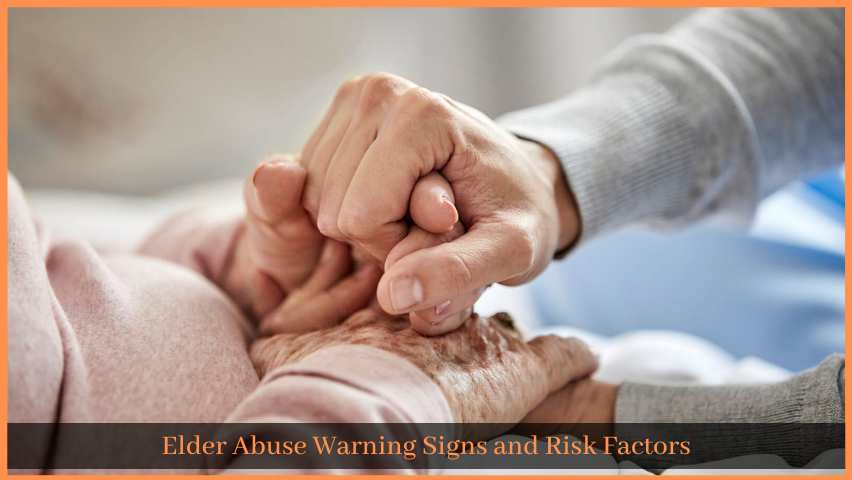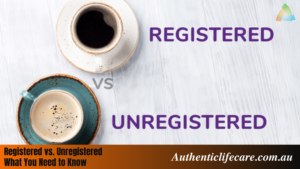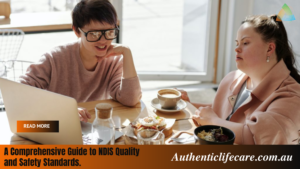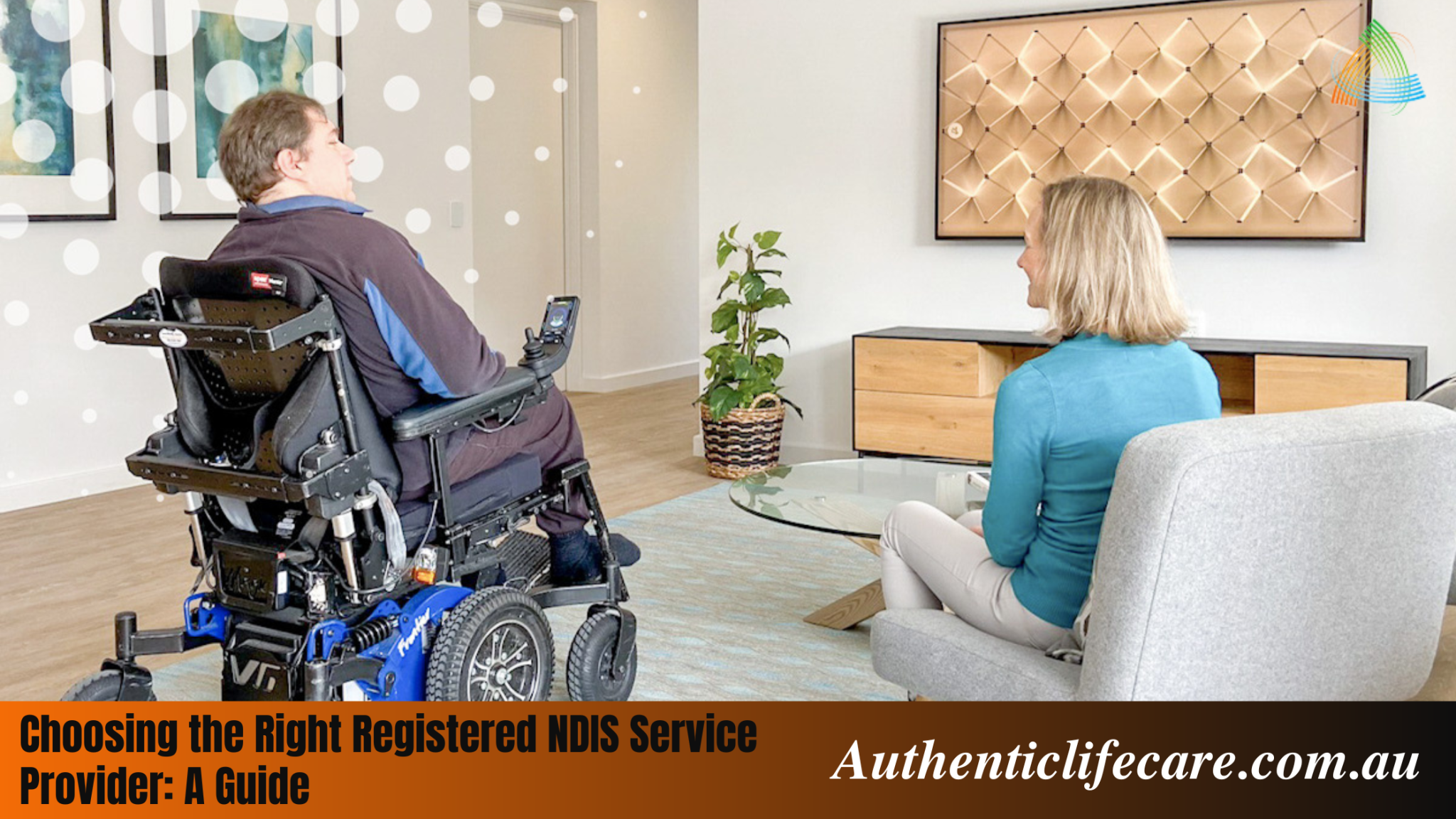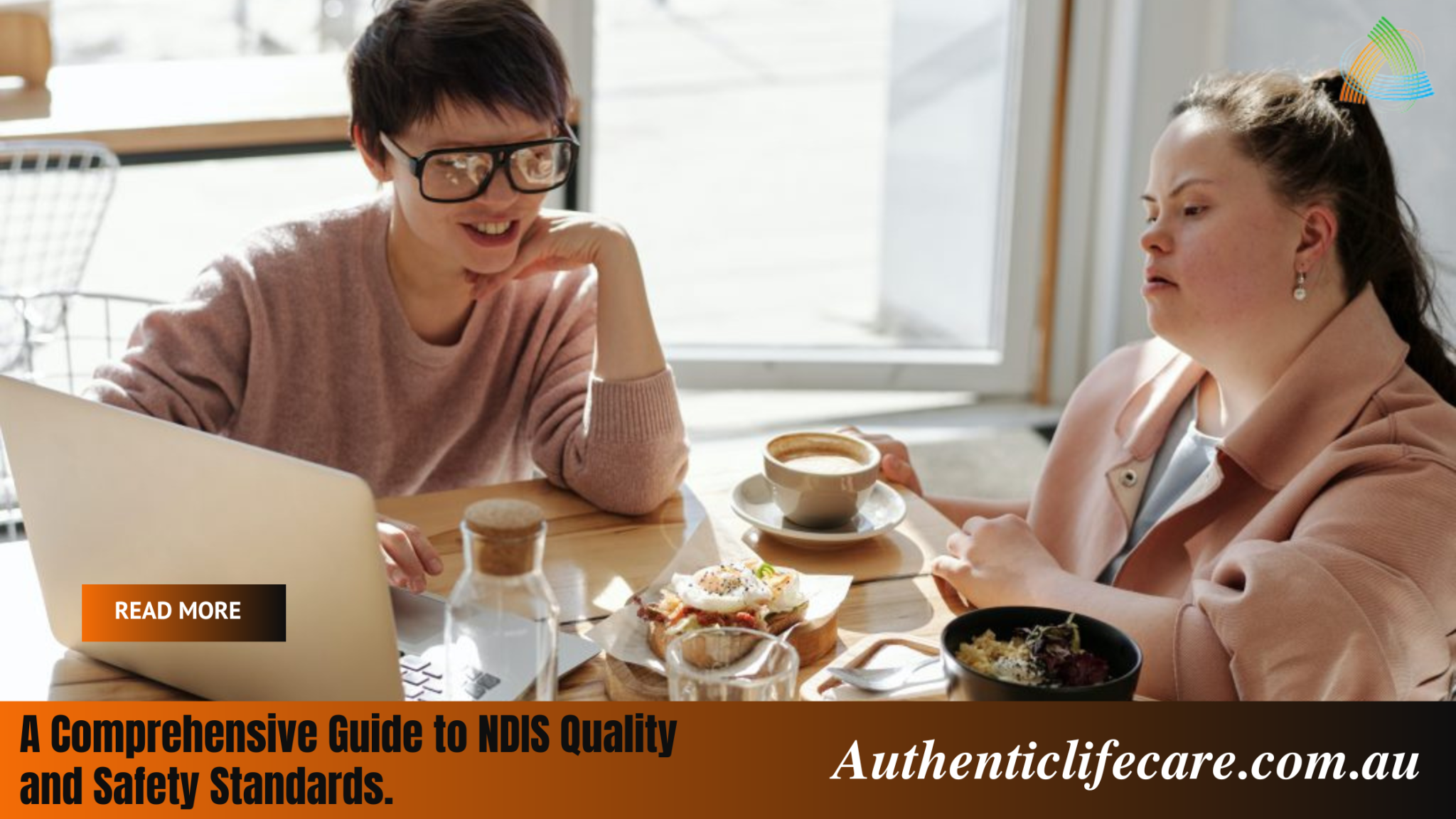Support and care for elders are typically placed in the hands of family members or aged care providers as we grow older. Many caregivers work hard and treat their patients with decency and respect, but elder abuse is becoming more common. Elder abuse can also be perpetrated by family members, which is not often well known. Due to emotions of shame or the potential ramifications on their familial circle, the elderly frequently go undetected.
Both family members and elderly care workers must be constantly on the alert for symptoms of possible elder abuse.
Aged Care Abuse Warning Signs
Any act that causes mistreatment, neglect or other harm to an elderly person is considered elder abuse. Physical, psychological, social, financial, neglect, and even sexual abuse are all examples of abuse. Abuse of the elderly is most often perpetrated by someone close to the victim. This person could be a close relative or an unaffiliated member of the care team.
Here are some of the most typical indications of elder abuse:
Abuse of the physical body
Bruises, scratches, sprains, and broken bones are all examples of physical injuries.
To explain injuries, people make up improbable stories.
Neglect
Weight loss that isn’t explained
a lack of hygiene
Spaces that are unsafe or filthy
Medical gadgets that have been misplaced, broken, or lost
Abuse on a psychological and social level
Social plans are being cancelled.
Confusion, worry, depression, or fear are all symptoms of depression.
Losing touch with family and friends
Feeling frightened or unable to speak openly
Abuse of the Financial System
Charges made to a bank card or account that the victim is unfamiliar with
Having no access to the elder’s funds
Outside of the stated arrangement, the caregiver expects more presents or money.
Sexual Harassment
Getting infected with a sexually transmitted disease (STD)
Bruises or bruises to the genitals or thighs
Even if no direct contact is made, a caregiver watches explicit movies near the victim.
What Are the Risk Factors for Abuse in Elderly Care?
Elder abuse can be difficult to predict, and our ageing population can appear to be an easy target for those who are abusive or exploitative. Many elders are honoured to inform their loved ones of possible cases of abuse after living productive, independent lives and may not want to report their actions. If the abusive party is a relative or someone else’s love, the victim may hesitate to do whatever could put the relationship at risk.
The loss of balance and mobility of older persons can be the cause of legitimate accidents similar to physical abuse. Dementia and other cognitive problems can cause confusion, anxiety, fear and other signs of abuse.
Because it’s difficult to spot elder abuse, it’s critical for family members and loved ones to be aware of the warning signs. Elder abuse can happen to anyone. The following are examples of scenarios where elder abuse is more likely to occur.
Age
Adults aged 80 and up are more likely to be victims of elder abuse. As their loved one grows older, children and family members should strive to become more involved in the care process.
Gender
Female victims of elderly abuse are more likely than males. Women are also more likely than men to have been in an abusive relationship at some point in their life.
Abuse patterns can persist into old life, or prior abusers may reemerge as a woman grows older.
Social Assistance
Elders who live alone and have limited social relationships are more prone to be abused than those who have a large social network.
Health
Abuse of an older person is more likely due to physical, mental, and emotional factors. People with cognitive impairments, such as dementia, are more vulnerable.
Caregiver
Elder abuse and neglect may be more common in certain demographics. Abuse is more prevalent when a caregiver lives with their victim or is financially dependent on the senior. Caregivers with a history of drug abuse or a criminal record might also be dangerous.
The Level Of Care
It’s critical for families to keep track of how much therapy and care their loved one needs. Consider someone who sought elder care for help with basic housework, light cooking, and occasional errands. This person would be at risk of neglect and maybe other forms of abuse if their needs progressed but their quality of care did not.
History of the Family
Many families believe that their family gives the finest care for their elderly relatives, however, abuse and neglect are frequently displayed by those closest to them. Because family caregivers may lack the necessary knowledge, resources, or time that a licenced NDIS provider has, frustrations may be directed at seniors.
Choosing A New Provider Of Elderly Care
It’s critical to choose a new aged care provider if you feel your parent or another loved one is suffering from elder abuse. Here are some characteristics to keep an eye out for during your hunt.
Licenses and Training
Confirm any potential caregiver’s training, background, licences, and professional history.
Personality
Over time, cultural or personal issues might lead to elder abuse. If a caretaker will be present in your loved one’s life regularly, it’s best to pick someone who gets along well with them.
Correct references
To learn more about a provider’s work style, bedside demeanour, and background, call their references. Make numerous visits at different times of day if you’re considering a residential or full-day facility to acquire a well-rounded opinion.
Without any staff present, talk to other residents and their families to learn about their experiences. Ask for professional recommendations from doctors or other reputable specialists, as well as prior clients, if the care provider will be coming to your home.

